Savannah artist Henry Dean's newest installation spans the eclipse's path of totality
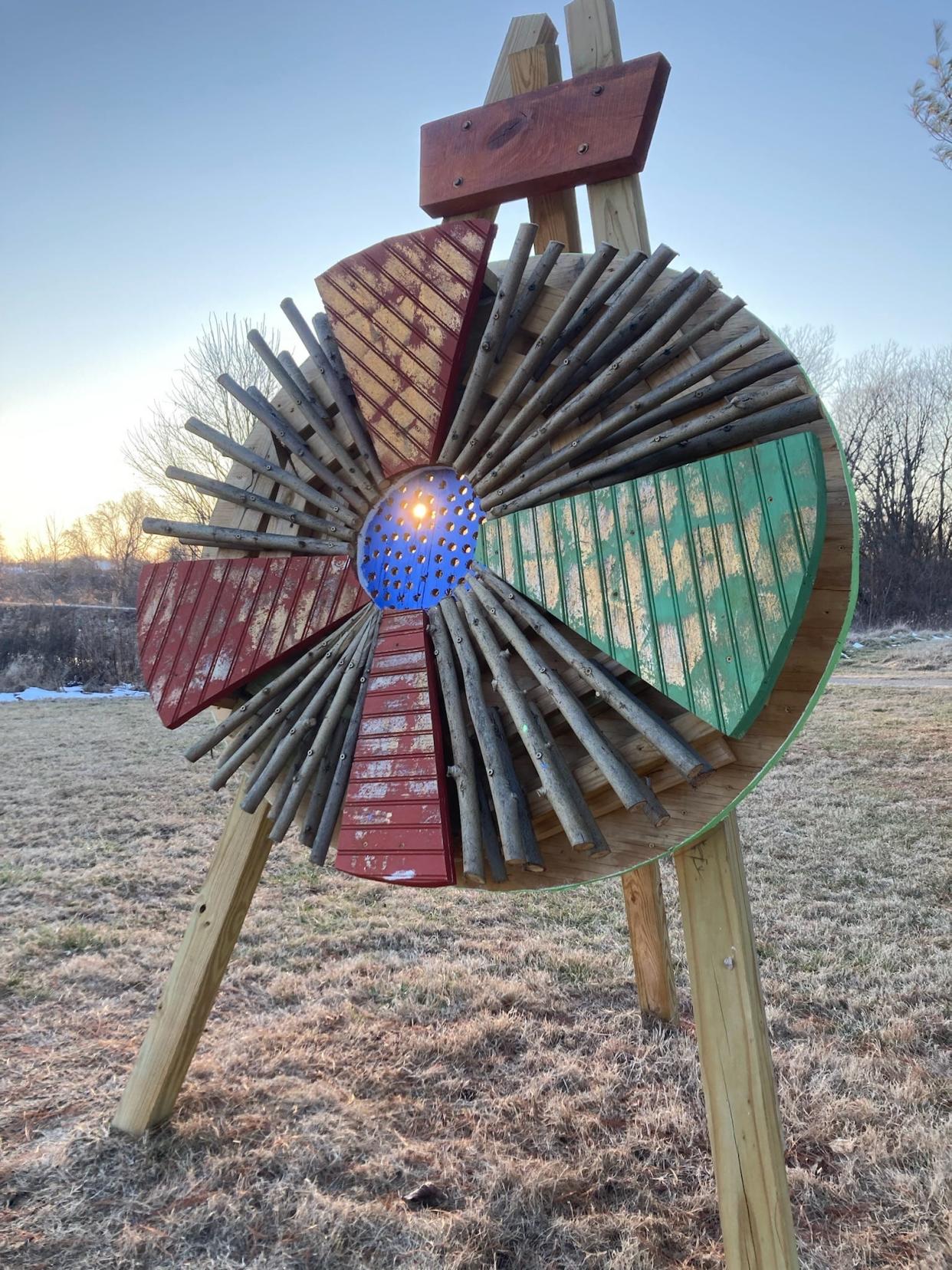
An eclipse is coming, and one Savannah-based artist is marking the occasion with a series of sculptures stretching across the path of totality.
“This is about connecting community through the cosmos,” said Henry Dean of his country-spanning installation Now and then. “It’s about acknowledging nature, and acknowledging the power of nature, the healing quality of nature. And it’s about how important it is that we take time to be in nature.”
For the project Dean has collaborated with communities from Texas to Maine to create more than a dozen individual sculptures at six different sites, with each piece situated where viewing the eclipse is optimized. Every piece is unique, although there is a similar visual style from one sculpture to the next, a “look” that, according to Dean, has been described as radial sunbursts, fans, fins, sundials, and flying birds.
“Art, to me, is about creating multiple meanings,” he opined. “Where somebody comes up and they can interpret things in their own way.”
“There’s so many different interpretations to what they mean,” he added later.
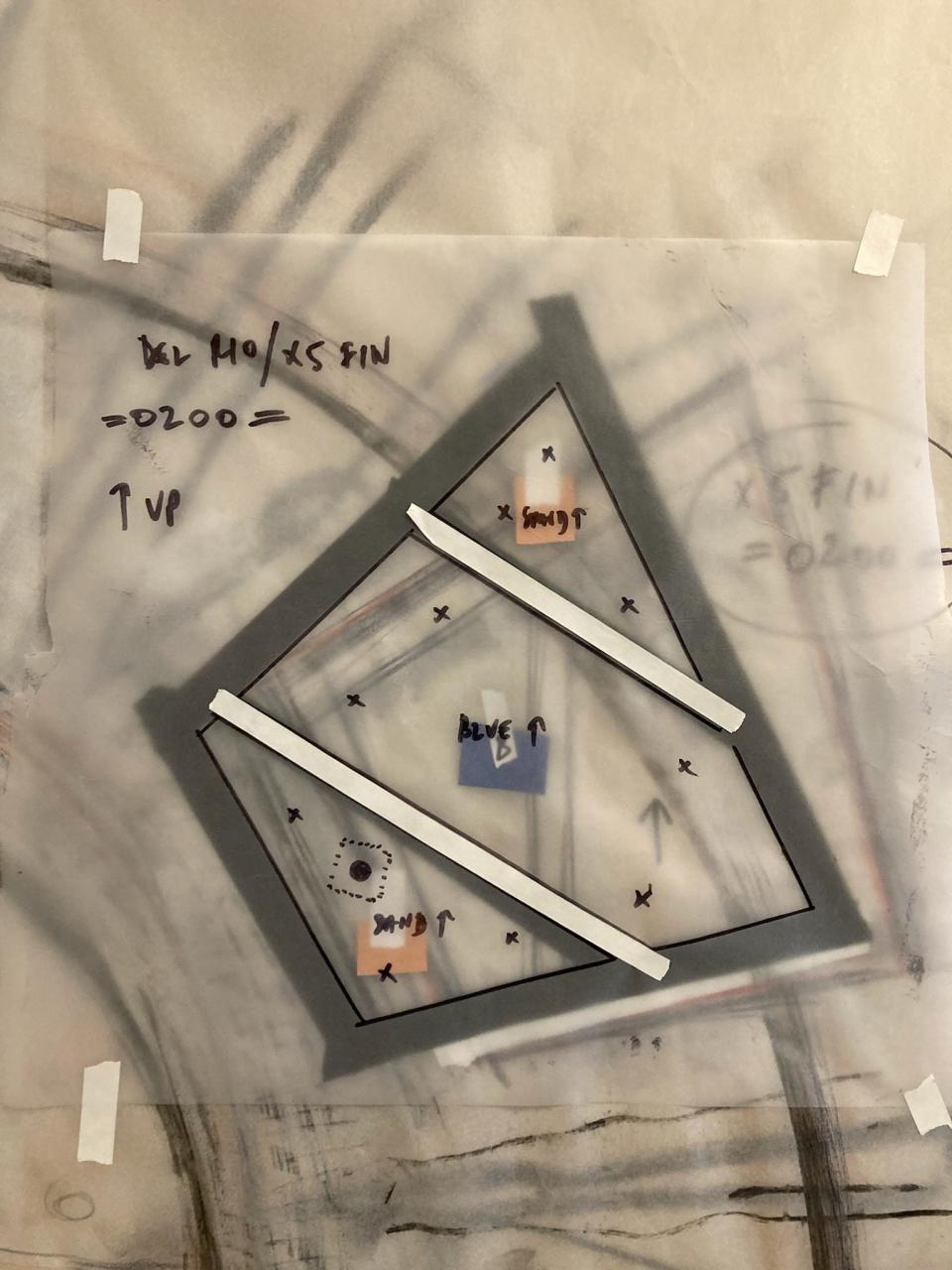
From the marsh to the moon
Now and then has its roots in Dean’s earlier work, specifically a series of paintings that he placed on tripods in various Lowcountry marshes. In the case of those works, the artist would allow the ebb and flow of the tides and other natural phenomena to manipulate the pieces, and the torn, muddy result of such manipulation would then be shown on gallery walls.
But in 2017, Dean moved the project forward with a video piece titled Crescent Sun, which chronicled his marsh installation The Moon and Her Sisters while it was exposed to the total eclipse that took place on August 21st of that year. The video, which debuted in Savannah, Georgia in 2018 during Dean’s exhibition Margins at Sulfur Studios, allowed for people to truly experience a portion of the journey that his paintings had been undertaking for years.
“Prior to this I hadn’t really been able to capture the actual action,” Dean noted.
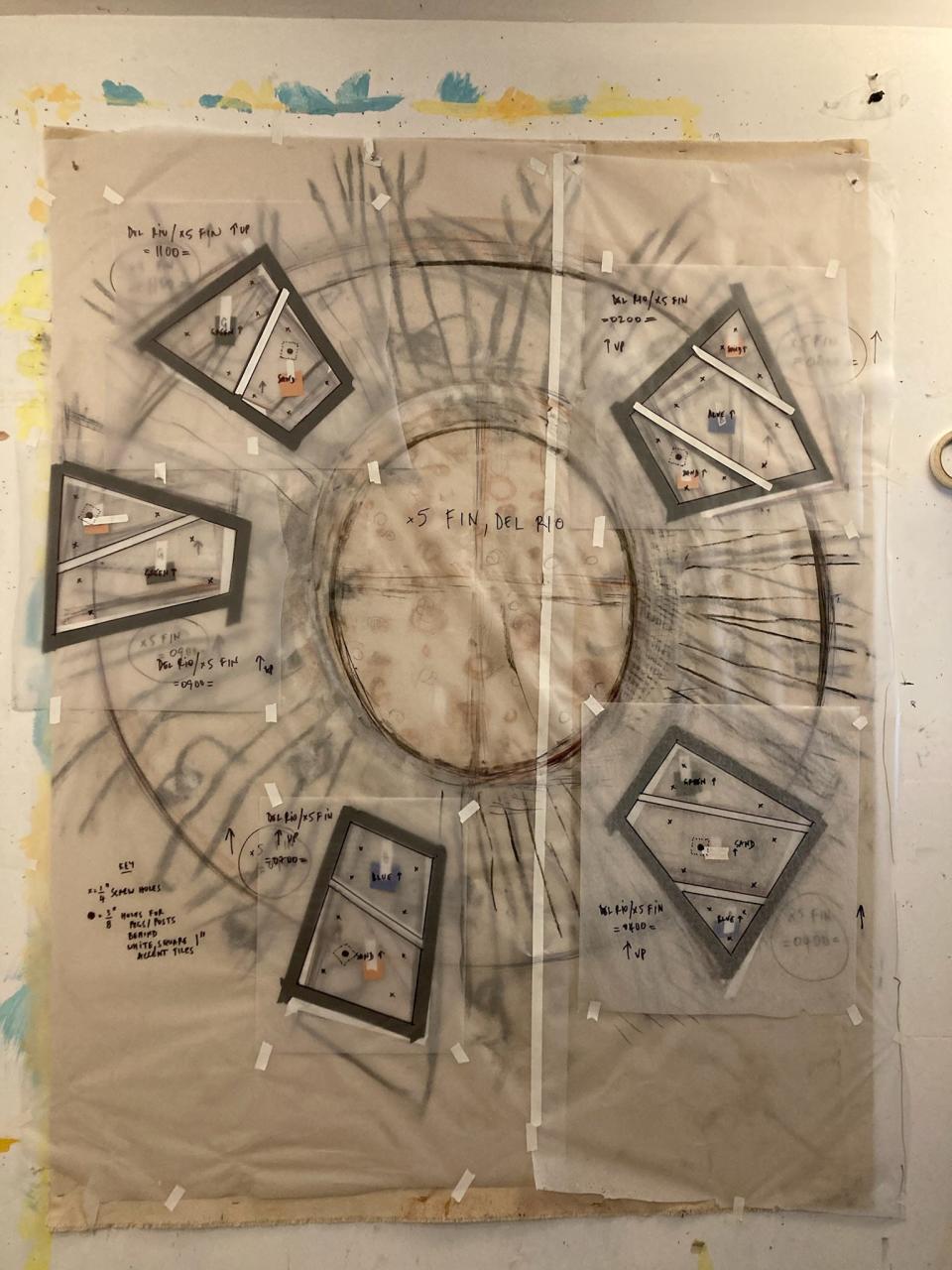
“But then I made the Crescent Sun piece, and I made the video,” he continued. “And the video was the piece. Total eclipses are like out-of-body experiences. To me, you don’t really see an eclipse, you sort of experience an eclipse. I recorded the experience.”
Dean recognized the profundity even in the moment, and admitted that he started thinking about how he might further investigate eclipses as cosmic events soon after completing that first video.
“So I started thinking that it would be cool to do something across time, across space, that’s very conceptual, reaching through the cosmos,” he said.
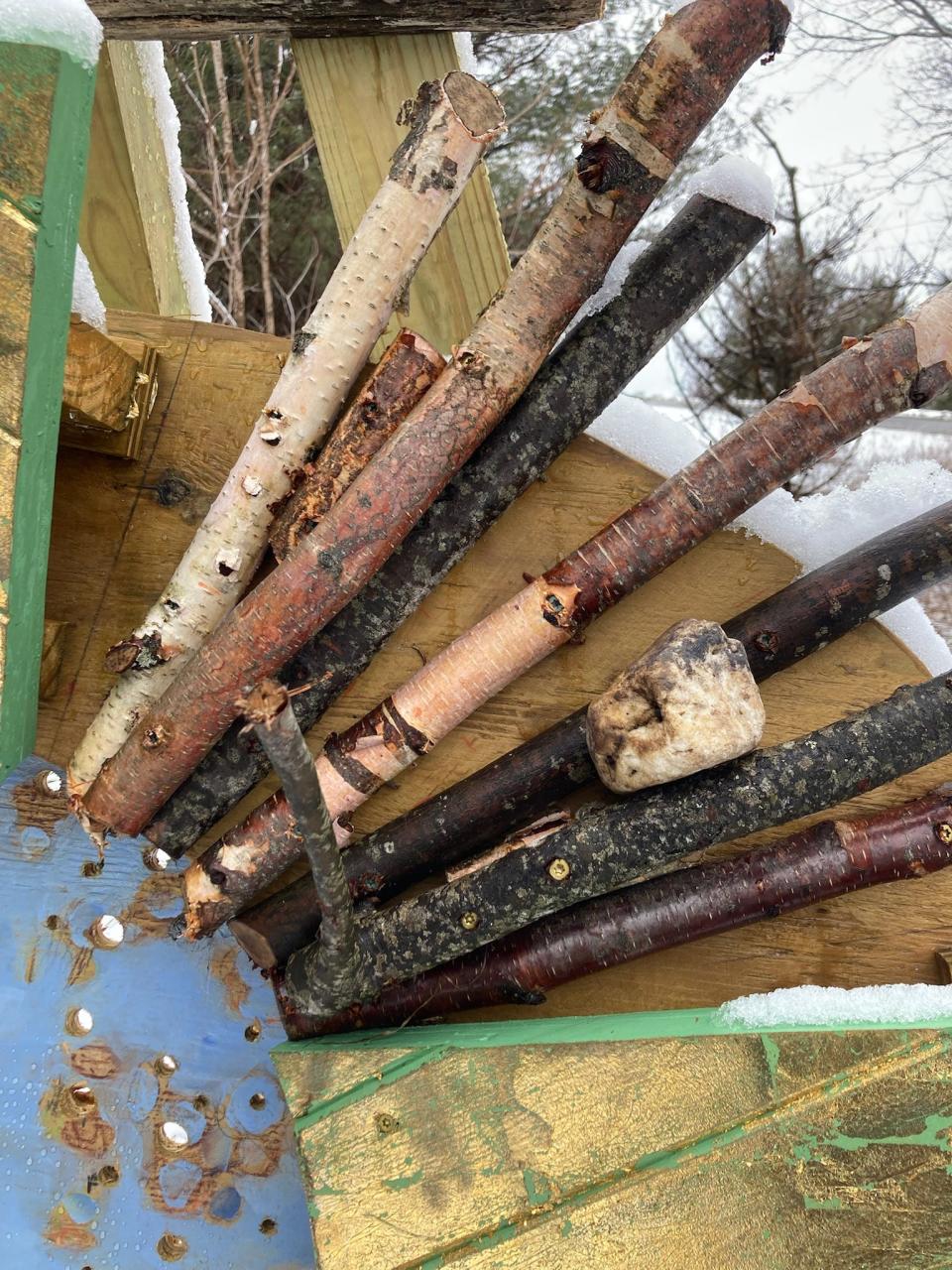
A national installation built with locals
Work on Now and then officially began in 2022, and it wasn’t long before Dean hit the road and began scouting locations for where the installation might be placed. He was able to garner financial support from numerous organizations throughout the U.S., and the Savannah College of Art and Design (SCAD), where he teaches, allowed him to take a sabbatical to focus on the project. He made countless phone calls, filled his sketchbooks, and, most importantly, connected with local communities in the path of totality.
“The middle of the country, [to those who live on] the coasts, it’s flyover country,” said Dean. “It’s dismissive, like nothing really happens there. But actually…there’s a very vibrant art scene out here.”
Dean spent considerable time getting to know the residents of the places where he was placing his sculptures. In Cape Girardeu, Missouri, for example, he enlisted local potter Rob Lorenz to help build ceramic inserts for the “blades” that extend from the sculptures there, and collaborated with him to bring in area art students to contribute to a pair of benches adjacent to the artworks. And in Bloomington, Indiana, the glass shards featured in the wire mesh-covered shadowboxes on the sculptures there were collected from abandoned trash dumps by Indiana University student interns.
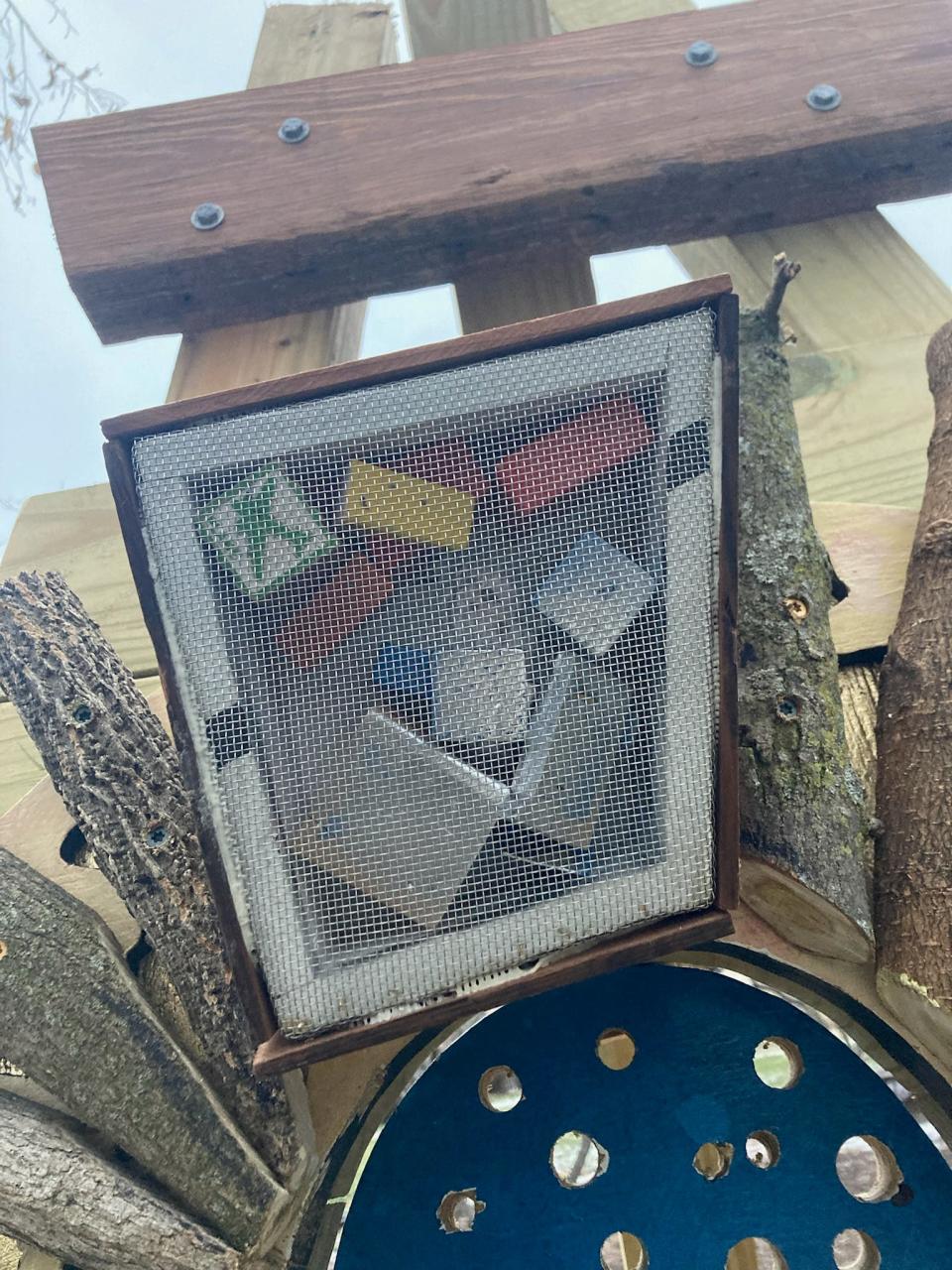
“So many of these people I’m meeting, these ordinary people, they have this incredible depth of knowledge about not just nature, but about what’s going on in their areas and their history,” he noted.
One of the locations he chose, however, was a place with which he already had deep ties: Houlton, Maine. Although Dean himself is from England, his mother was born in the small northeastern town, and he said his ancestors "kind of founded this town in the mid-19th century.”
Initially, however, the artist wasn’t getting anywhere in his efforts to place the sculptures in town itself, so his cousin Dave Putnam, who still resides in the area, encouraged Dean to reach out to the Houlton Band of the Maliseet Indians in nearby Littleton, Maine, to see if they would be interested in hosting the project. After meeting with a tribal administrator, he and Putnam were able to have a conversation with Chief Clarissa Sabattis to talk about the proposal.
“I said, ‘The most important thing is that these pieces are honoring landscape, they’re honoring nature, and then they’re honoring community,’” Dean recalled of the meeting. “At some point in the conversation I said, ‘So, would you give me permission to build sculptures on the reservation?” And she said yes. It was that simple.”
Ultimately, Dean was able to install two pieces on the reservation, on the banks of the Meduxnekeag River, a river that he, himself, used to swim in during childhood visits to his mother’s hometown.
“Serendipity has been a huge part of this,” he related. “There’s been so many people who have helped to make this happen.”
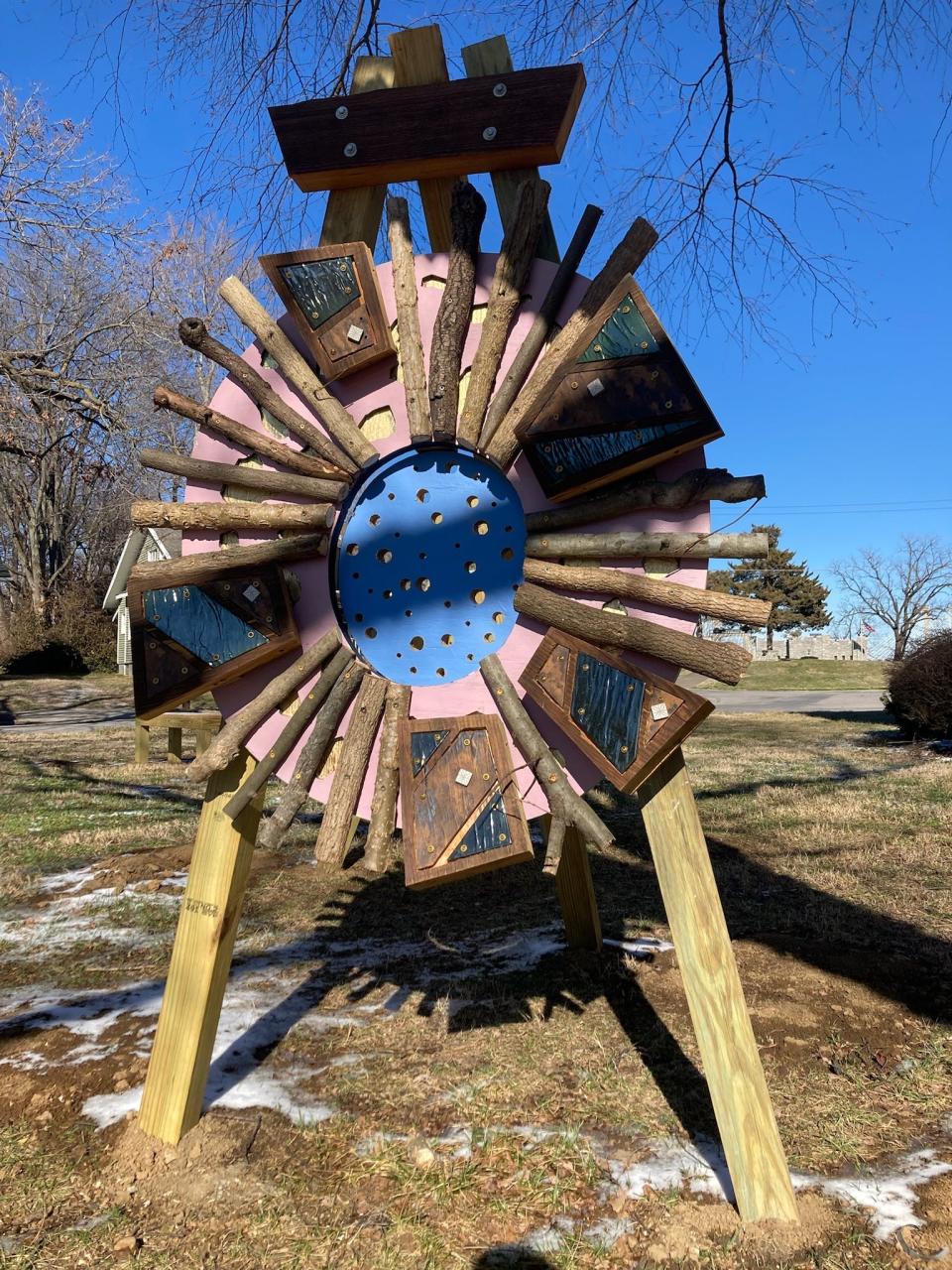
April 8th, 2024
As the moment of the eclipse approaches, Dean has been installing the final pieces of Now and then in Del Rio, Texas, in the garden adjacent to Casa de la Cultura, an arts and literacy center, and in San Felipe Lions Park. Once placed, all of the sculptures will remain permanently in place, subject to time and the elements, property of the people in the community where they reside. It’s the “biggest thing” he’s ever done, the artist says, but the project isn’t ultimately about him at all.
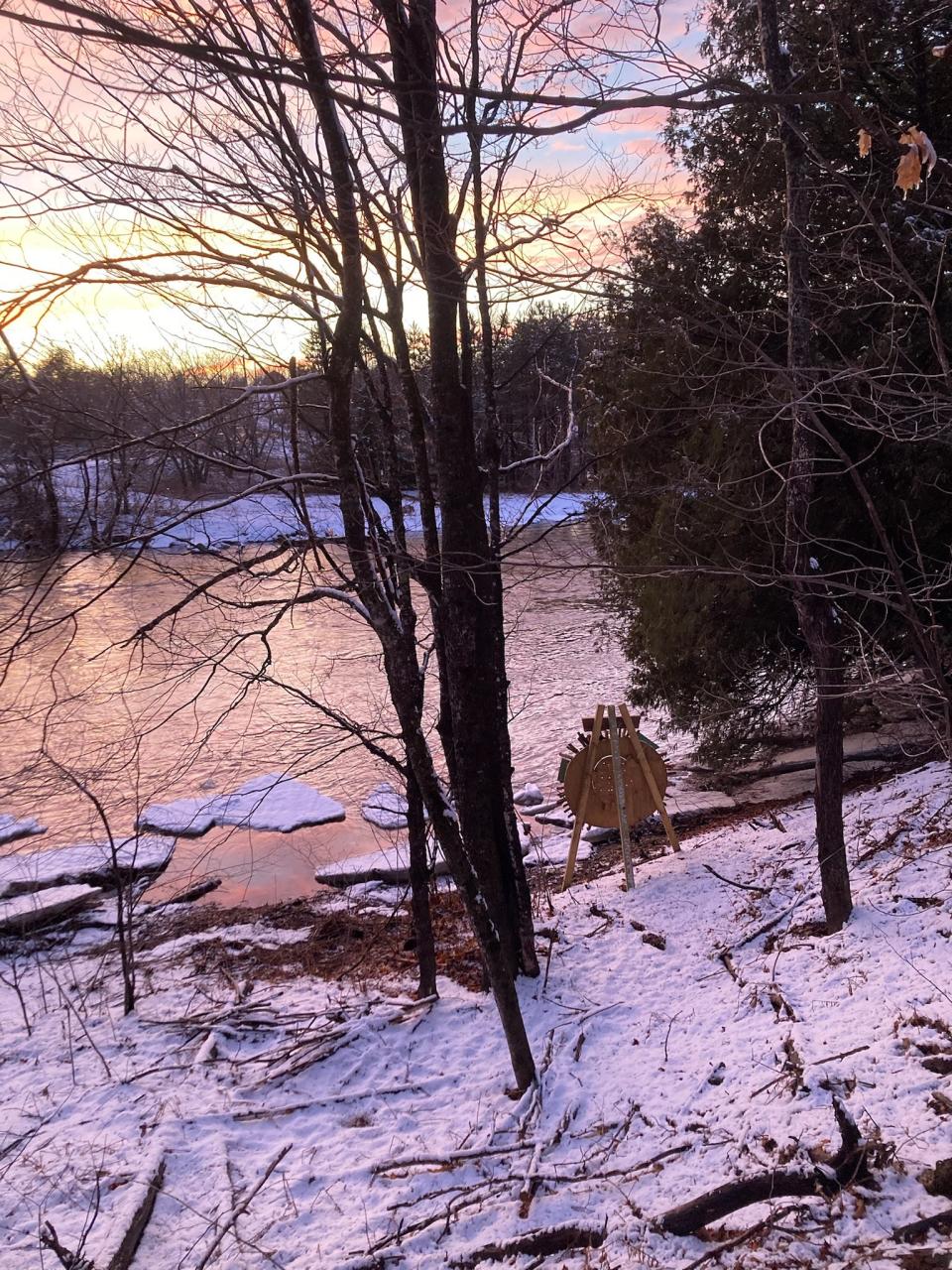
“The installation process has been happening as towns across the United States have been slowly kind of drawing their attention and focus to the eclipse,” he noted. “So part of this process has been me really witnessing and actually being part of this awakening, if I can put it that way. And the 2017 eclipse started that awakening. A lot of people realized that this is a cosmic event.”
“It’s not just an event that you look at with dark glasses,” he went on to say. “It’s really a time of reflection.”
Learn more about Now and then via the Instagram account Dean has created to chronicle the project, @nowandtheneclipse24.
This article originally appeared on Savannah Morning News: Savannah artist's exhibition 'Now and then' spans eclipse path of totality

